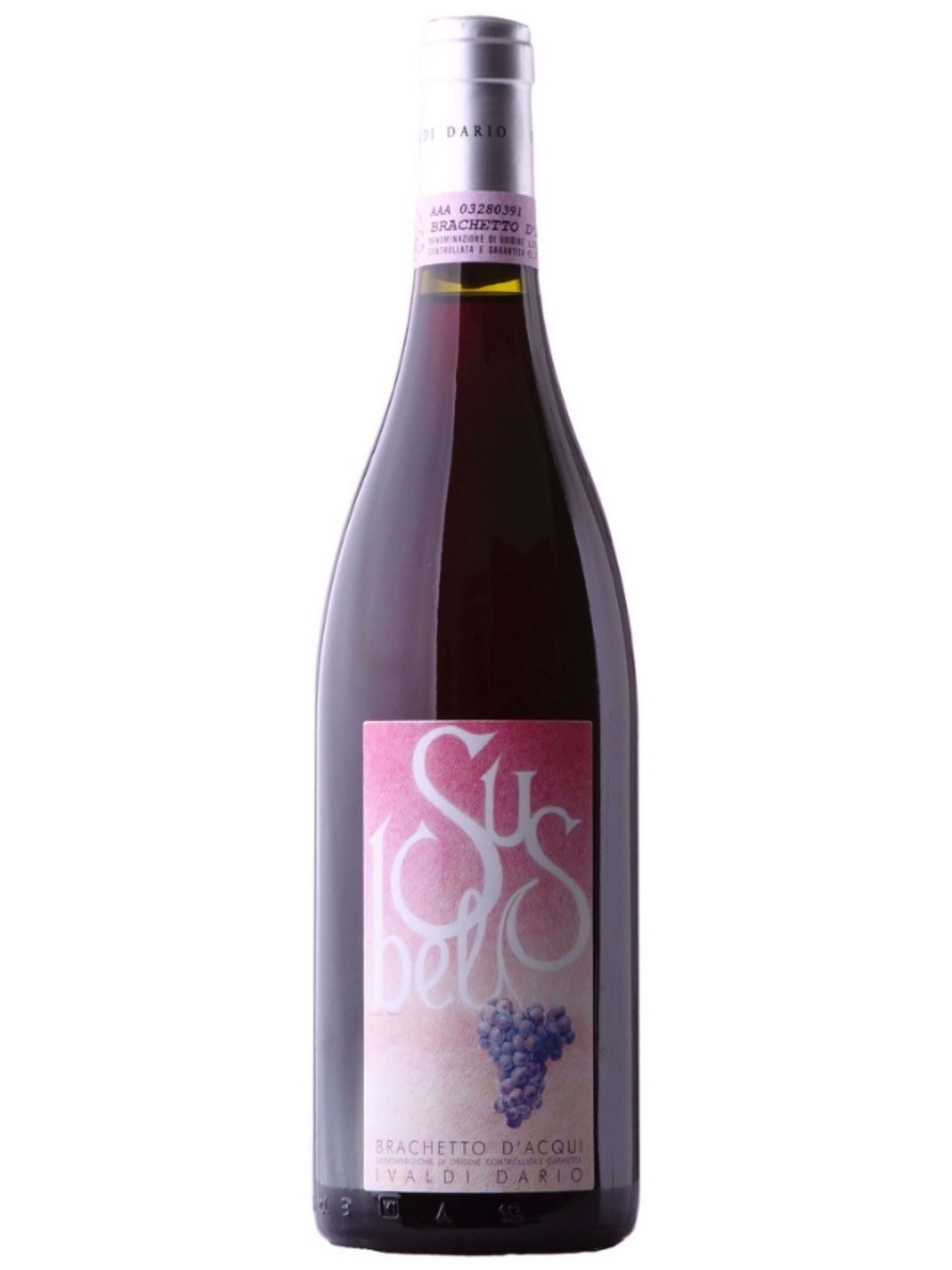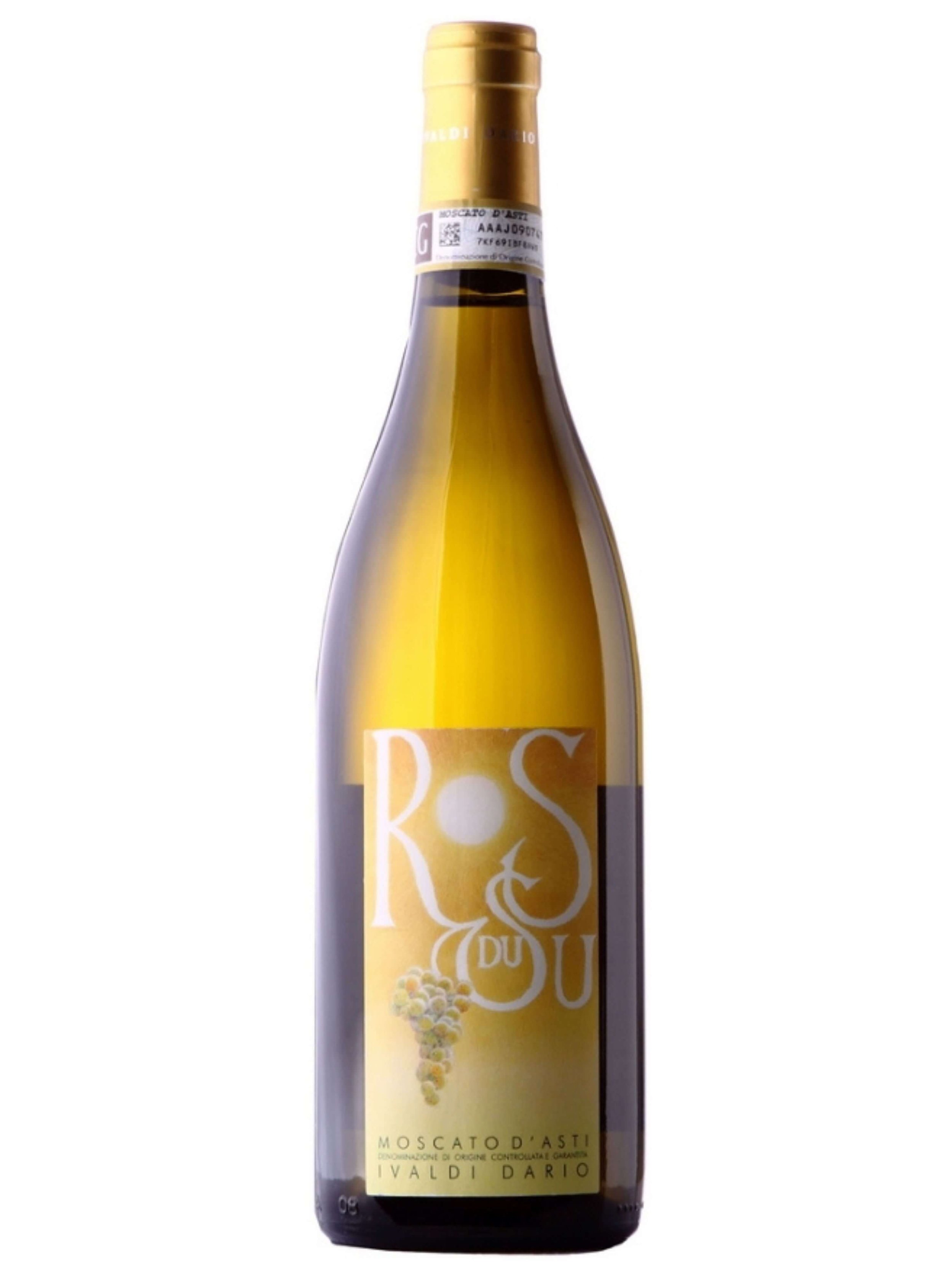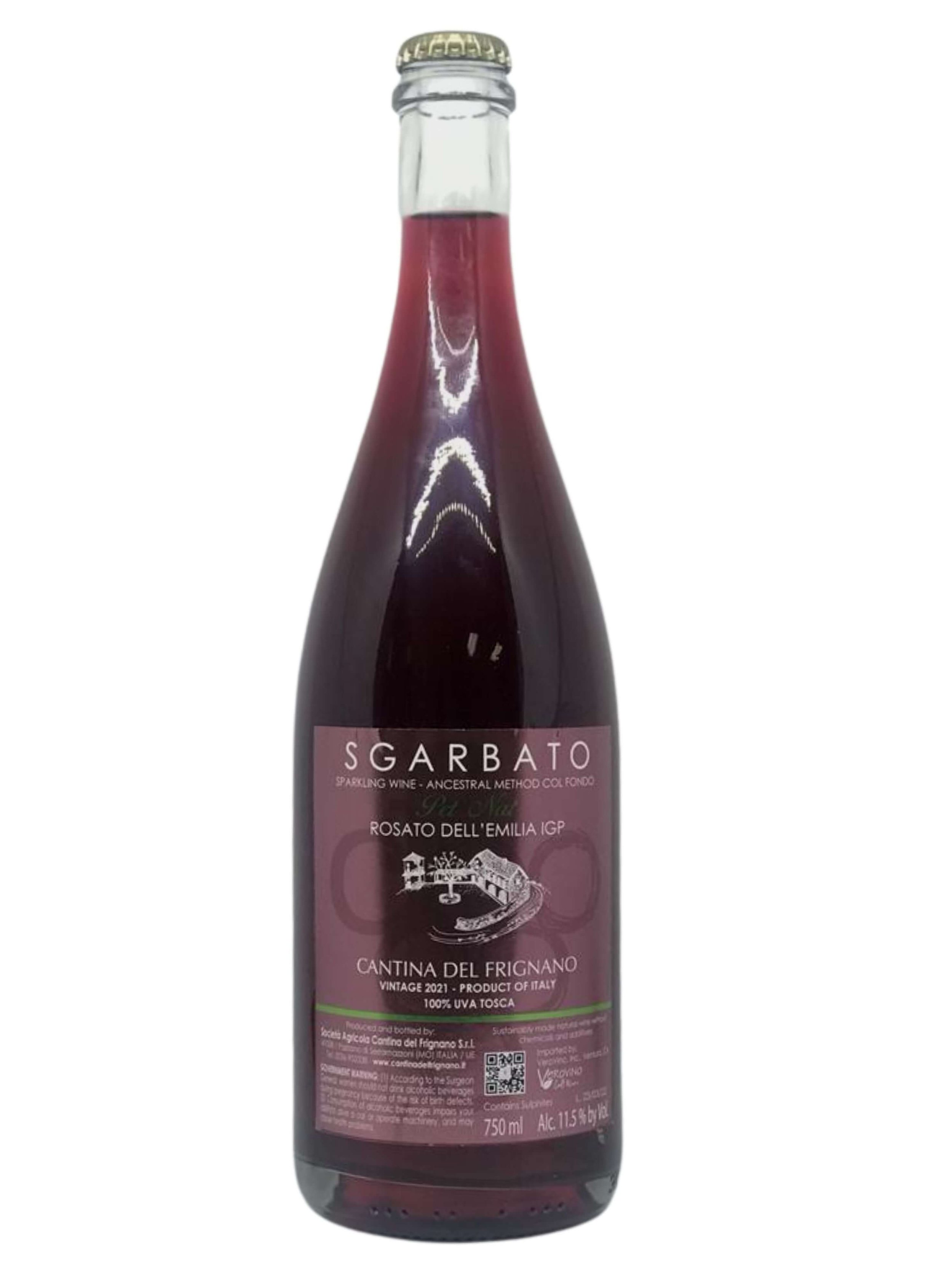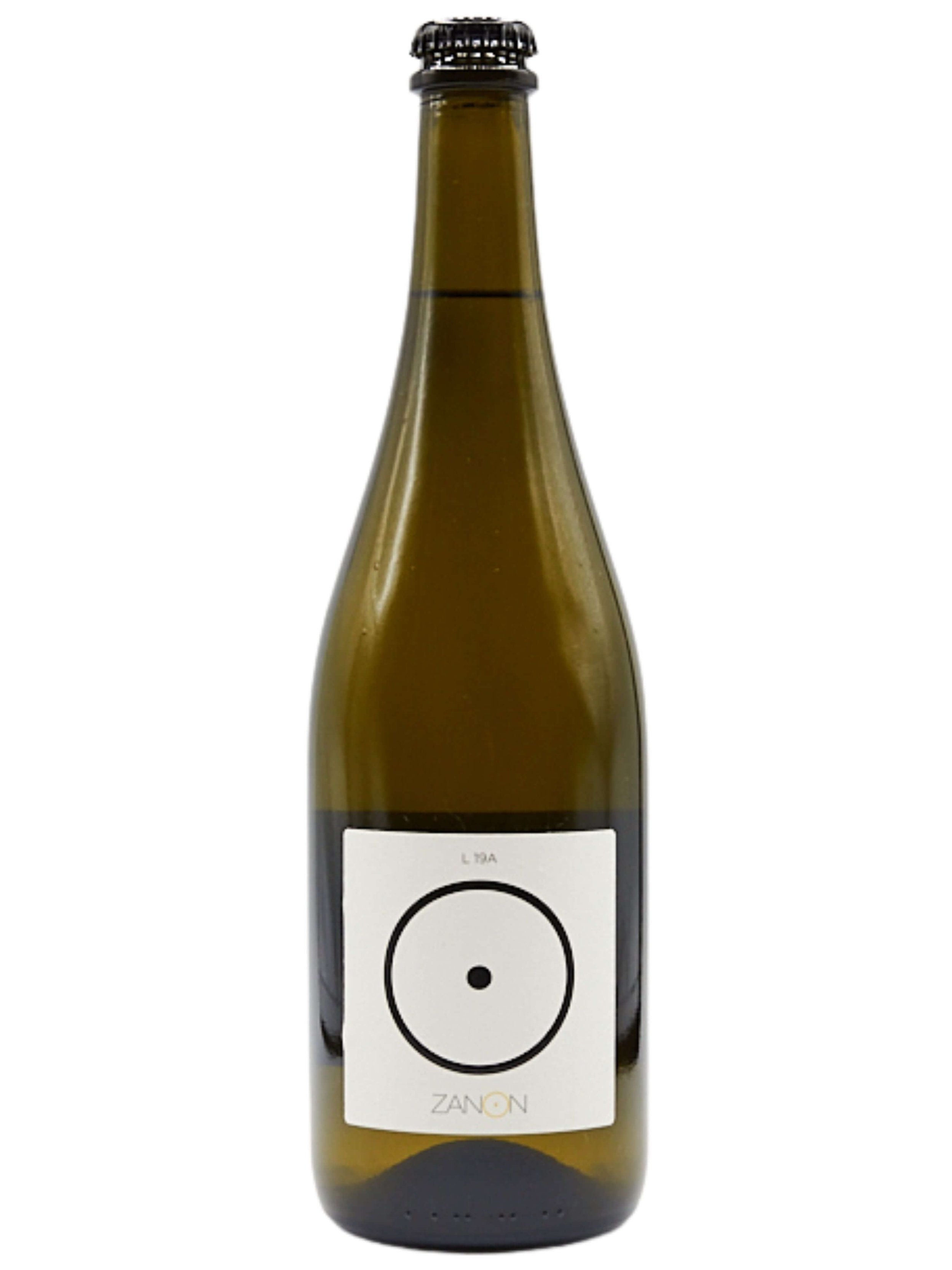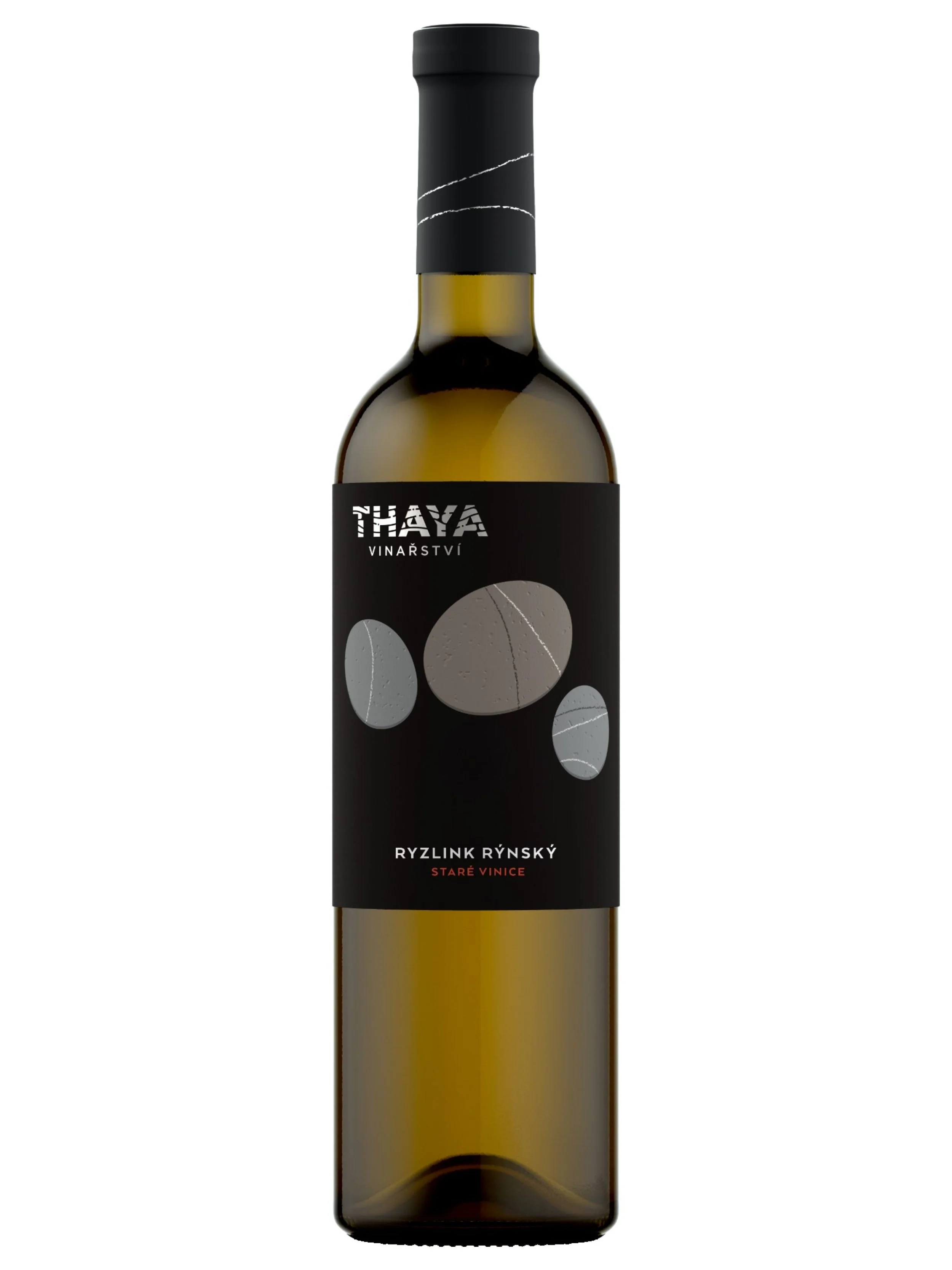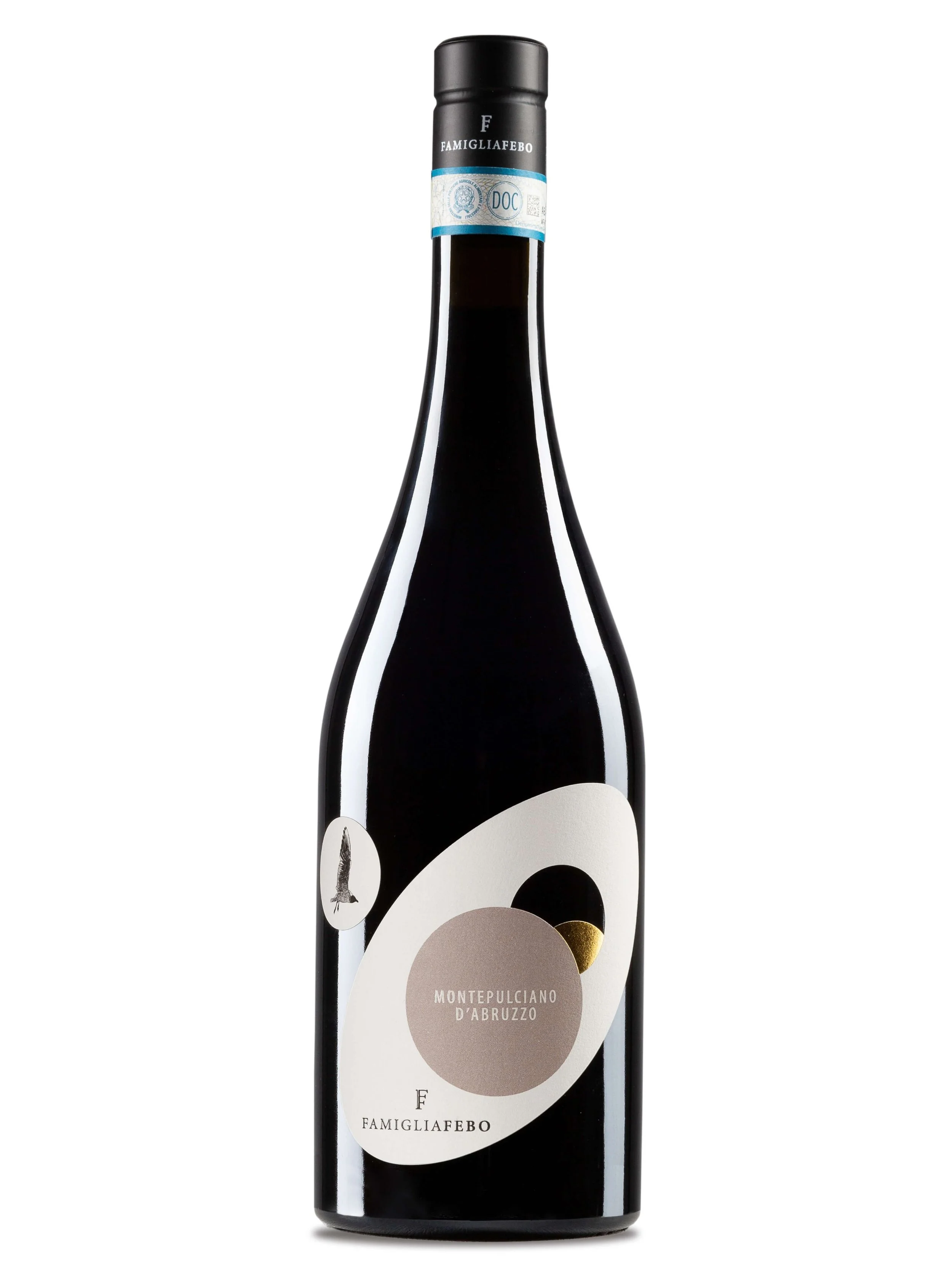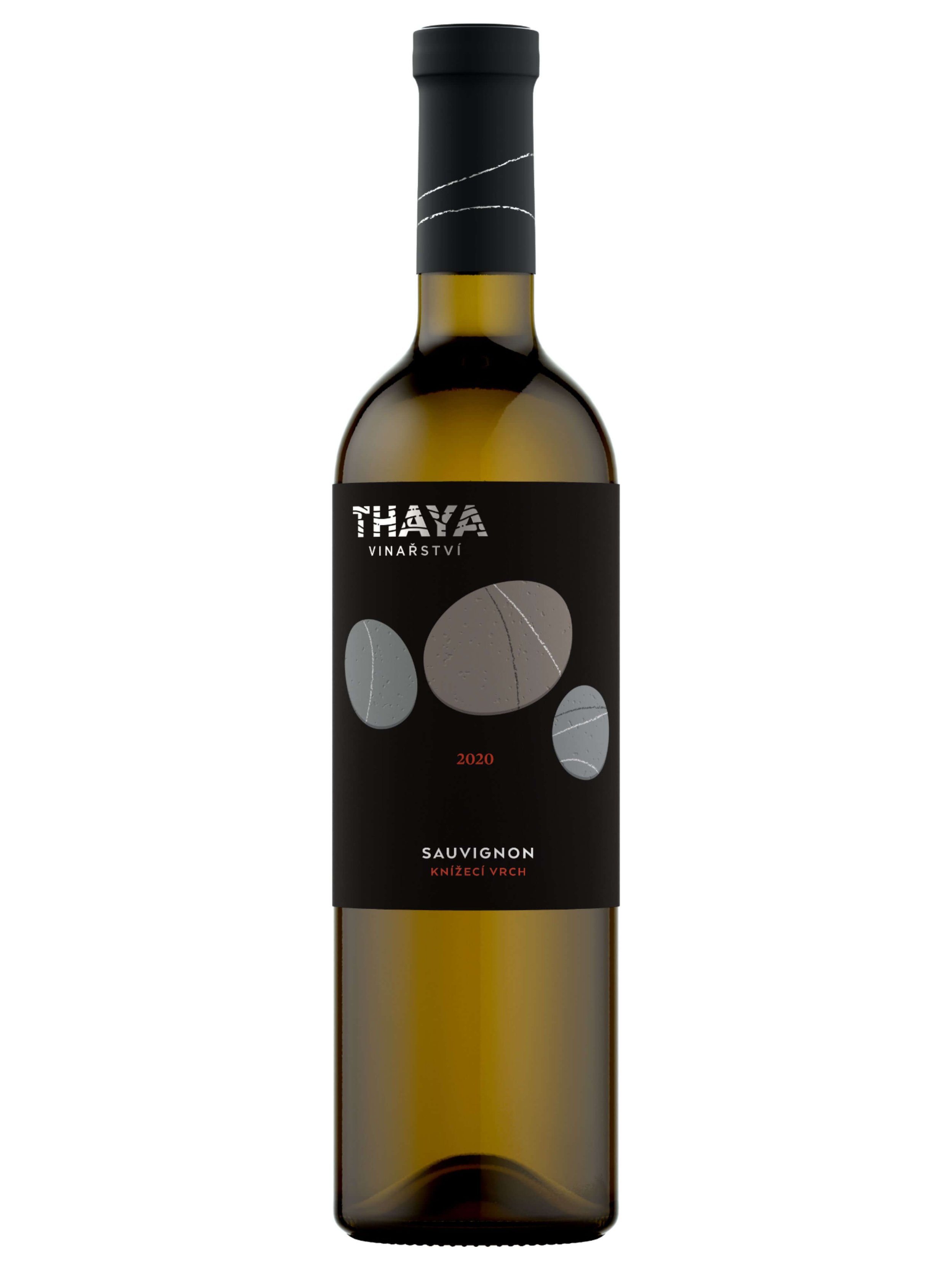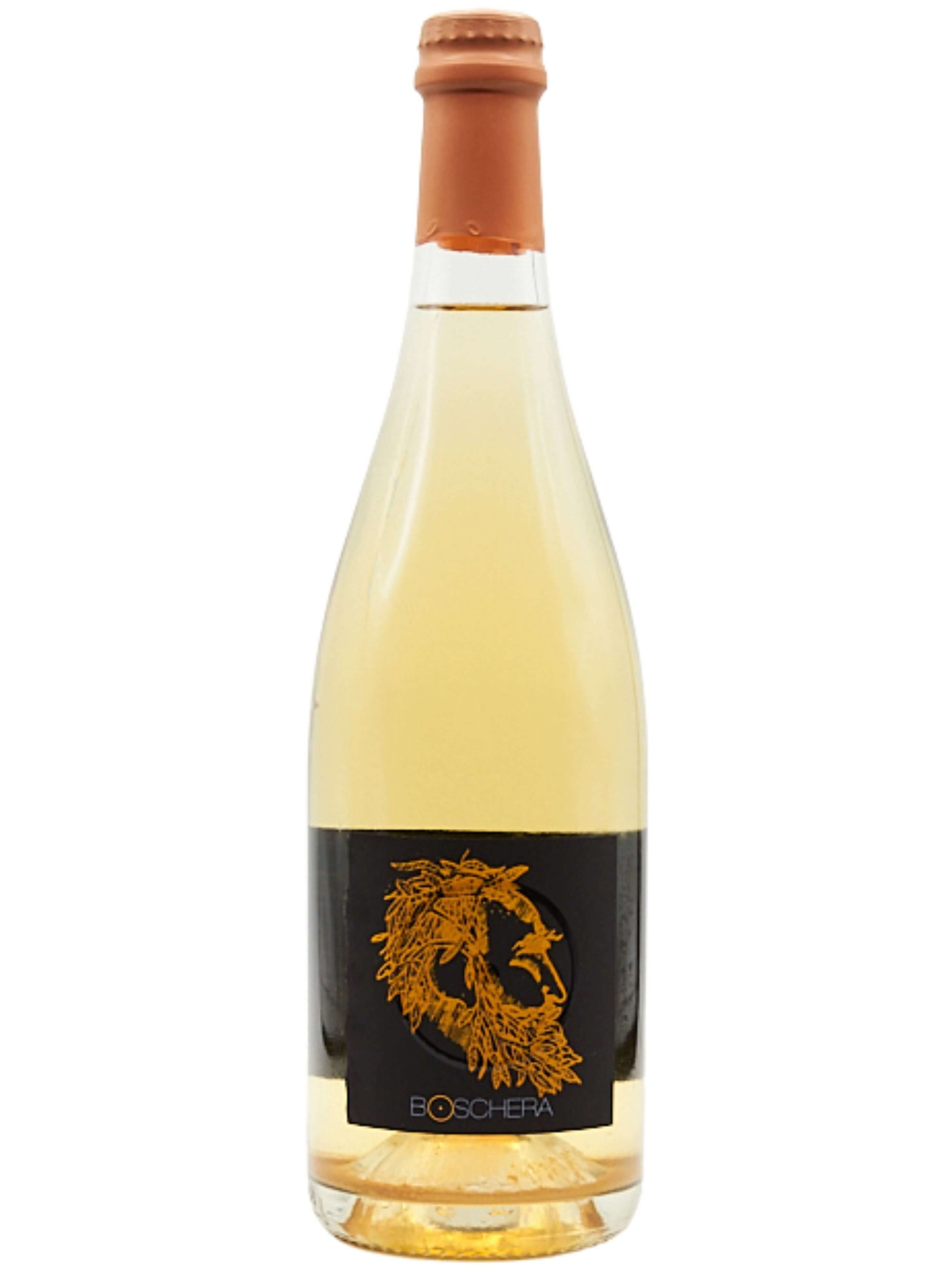Exercise Your Palate with this Guide to Tastes
You’re hungry. You sit down to eat and start chowing down. But in your haste to satisfy your hunger, you have ever stopped chewing just to think about what you’re actually tasting? Do you like it? If so why? Or perhaps you don’t like it, and that would beg the question “why?” as well.
Or say it’s Friday night after a long week at work and your meeting friends at a local bar for some much needed relaxing and enjoyment. You order your usual go-to drink. Have you really thought about why you like that wine, beer or cocktail? Or why you may avoid certain drinks?
With the huge plethora of foods and beverages, including wine, that exist in this world, did you know that they are made up of only 5 unique types of tastes? We’re talking the basic building blocks of food, wine and any drink for that matter. They are Sweet, Sour, Salty, Bitter, and Umami.
Do you take the time out to pinpoint why you like certain foods and wines or perhaps don’t like them? There’s a good chance it is because there is a lack of or too much dominance of one or several of these five tastes in what you are eating and drinking. Individual preferences play a massive role in what we enjoy, and that of course goes for wine and food. What one person adores, another might find jarring, and vice versa. A significant part of this comes down to the dominant tastes present in the food or beverage and our individual sensitivity and preference for those tastes. Some people are naturally more sensitive to certain sensations and compounds, be it genetics, lifestyle, or culture, such as bitter or sweet.
Understanding the five basic tastes provides us with a valuable framework for appreciating the diverse world of wine, as well as food. By consciously identifying these elements in a glass, you can begin to decode what is in your glass, appreciate its nuance more, and develop a deeper connection to what wine you are enjoying and drinking. Let’s understand what these dominant tastes are, and how they manifest in wine.
What is Taste
Before we go into the specifics of these 5 types of tastes, it's crucial to clarify a common point of confusion: the difference between taste and flavor. We briefly touched upon this in our previous article about balance in wine and in our video on wine tastes, but it’s worth revisiting.
Taste, in its purest sense, is what our taste buds on our tongues detect. Chemicals and compounds in foods and drinks interact with our saliva and the tastebuds covering our tongue giving us the sensations that we recognize as “tastes”. Traditionally, we learn about four primary tastes: sweet, sour, bitter, and salty. Think of the singular sensation of biting into a sugary treat, the lip-puckering tang of a lemon, the lingering edge of a bitter green, or the distinct sensation of salt on your tongue.
Flavor, on the other hand, is a much more complex experience. It's the intricate blending of taste and aroma; in fact, our olfactory receptors in our noses, nerve endings which allow us to perceive and identify smells, play a huge role in shaping our perception of flavor. A significant portion of what we perceive as "taste" is actually smell, coming from retronasal activity from the back of our throat up to our nasal cavity which is perceived primarily when we breath out while chewing and swallowing. A great example of this is how muted the flavors of your favorite foods become when you have a stuffy nose or congestion.
So, while our taste buds identify the fundamental building blocks, it's the aromatic compounds in wine (and food) that layer on nuances of fruit, flowers, spices, earth, and so much more, creating the overall flavor profile we experience.
The five tastes can be found in food and wine: (starting in top left and going clockwise) Salty (Salt), Umami (Miso Ramen), Sour (Lemon Lime), Bitter (Artichokes and Grapefruit Pith), and Sweet (Moscato and Brachetto wines).
5 Tastes
There are the four original main tastes, sweet, sour, bitter and salty. Beyond these 4 tastes, many now widely recognize a fifth taste: umami. The umami taste isn't easily isolated, so it “flies under the radar,” since it lacks a distinct aroma of its own. But, it does play a crucial role in enhancing and balancing other tastes, adding depth and complexity to both food and wine.
These tastes are "felt" by the taste buds that cover the surface of our tongues. Interestingly, the long-held "tongue map" we might have encountered in school which demonstrated where only certain section of our tongue are capable of sensing certain tastes, is now outdated. Modern science has since revealed that each individual taste bud actually possesses receptors capable of detecting all of the basic tastes.
Tastes arise from the complex interactions of chemical compounds within the foods and beverages we consume, as they interact with our taste buds, our saliva, and each other during the process of eating and drinking.
What's more, remember that our perception of these tastes is highly individual. What one person finds intensely sweet, another might perceive as only mildly so, and the same holds true for bitterness, sourness, and saltiness. These varying perceptions are shaped by a multitude of factors, including our cultural background, personal experiences, dietary habits, individual likes and dislikes, and a whole host of other influences.
Let’s break down a few key characteristics of each flavor, how we can recognize it, and talk about some wines where it is recognizable.
Sweet
First up, sweet. We put this first for a reason, because sweetness in wine is perhaps the most intuitive taste. It arises from the presence of residual sugars, or sugar that is not fully converted into alcohol during fermentation. However, the perception of sweetness can also be influenced by factors like ripe fruit flavors and the glycerol content, which can impart a richer, almost sweet sensation on the palate.
While completely dry wines have minimal residual sugar, off-dry, semi-sweet, and sweet wines can showcase this taste prominently. But, as we mentioned, just because a wine has no residual sugar, doesn’t mean ripe fruit flavors cannot give us impressions of sweetness or sweet undertones.
Some Wines That are Sweet
Ivaldi Brachetto “Susbel”: This aromatic red wine from Piedmont is gently fizzy and bursting with juicy red fruit flavors like strawberries. It has also considerable residual sugar making it a “sweet” wine.
Ivaldi Moscato d’Asti “Ros du Su”: Another gem from Piedmont, Moscato d’Asti is lightly sparkling, low in alcohol, and delightfully sweet with residual sugars and has lots of recognizable floral and fruity aromas.
The sour tang of lime flavors in a sparkling wine.
Sour
Think of an invigorating tartness that makes your mouth water: that's sourness. In wine, this sensation is primarily driven by acidity. Just as a squeeze of lemon brightens a dish, acidity provides lift and freshness to a wine. It can range from a gentle tang to a vibrant, almost electric sensation.
As mentioned, the puckering sensation after biting into a lemon perfectly illustrates sourness. In the most extreme cases, you will feel sour in your jaw muscles as they clench. In fact, this is a taste not only common in wine, but in beer too where there's an entire universe of sour beers that wine lovers can enjoy that beautifully showcase this taste.
Some Wines That Have Sourness
Frignano’s Sgarbato Uva Tosca Pet Nat Sparkling Wine: This pet nat naturally sparkling wine often exhibits pronounced aromas and flavors of cranberries, which beautifully amplify the inherent sourness. In fact, we like to think of this one like “cranberry juice as a wine” because the flavor is so pronounced!
Col del Balt’s Codola Pet Nat Prosecco: This Col Fondo sparkling wine is unfiltered and continues to evolve, flavors of sour lemon zest. With no residual sugar, it presents a dry and clean taste, finishing with that sour lemon rind we mentioned.
Zanon Col Fondo Prosecco: This "col fondo" (with sediment) style of Prosecco often presents distinct lime-like flavors, contributing a refreshing sour edge and taste to this wine.
Salty
When we talk about "salty" in wine, we're not looking for the direct taste of table salt. Instead, it often manifests as sapidity or a savory mouthwatering quality. Some describe it as a subtle balsamic-like note in certain cases as well. Another key concept linked to this "salty" sensation is minerality. Wines grown in specific soil types, such as limestone, schist, or volcanic soils, can exhibit a distinct mineral character that many associate with a saline or slightly salty edge.
Wine experts value these attributes related to minerality as it makes a wine more complex and can also contribute to making a wine more age-worthy.
Some Wines That Have Saltiness
Thaya Riesling: This Riesling from the cool climate Czech Republic is known for its pronounced sapidity, offering a savory counterpoint to its fruit and acidity.
Aldo Clerico Barolos: These iconic Piedmontese red wines can sometimes display a balsamic-like complexity that contributes to a savory, almost "salty" impression. This goes for all three, be it Aldo’s Classic Barolo, his Serralunga d’Alba Barolo or his Barolo Ginestra Cru.
Ojai Pacific View’s Dolcetto Red Wine: Grown in limestone-rich soils, this Dolcetto can express a distinct minerality that translates to a perceived "saltiness."
Sandro de Bruno Durello 36 Month Traditional Method Sparkling Wine: Wines made from the durella grape, often grown in volcanic soils, are known for their pronounced minerality, contributing to this savory, "salty" dimension. In fact the name of the grape, durella, comes from the Italian for “hard”, or duro, giving us an idea of what the soils the grape likes are.
Michi Lorenz “Schist Happens” Sauvignon Blanc: The schist-filled soils where this Sauvignon Blanc is grown can impart a noticeable mineral character; in fact this wine is kind of like licking a rock! The name fits it well, and we can taste the schist soils here.
Wines with a bitter taste, like grapefruit.
Bitter
Bitterness is a unique taste sensation, often associated with things like medicine or the slightly astringent quality of an artichoke leaf. In wine, while sometimes perceived negatively if overwhelming, a subtle bitterness can add a fascinating layer of complexity and intrigue to the overall profile.
This bitter character can arise from various sources, including the presence of tannins (especially in red wines), certain herbal compounds, or even the phenolic compounds that are found naturally in grape skins.
Many consumers shy away from a wine with a bitterness to it. However, when you ask a sommelier, for example, they value this quality as it often allows for a wine to pair better with food. In addition, with amaro spirits and cocktails trending, Americans’ palates are adapting to more bitterness in their beverages.
Some Wines That Can Have a Bitterness to Them
Febo Parella: This wine made from 100% trebbiano abruzzese grapes often exhibits a distinct herbal profile, reminiscent of the natural aromas found in the vineyard, which can contribute a subtle bitter edge.
Febo Montepulciano d’Abruzzo: Montepulciano is a red grape known for its robust tannins, which can manifest as a gentle bitterness on the finish. The natural, minimal intervention winemaking style can further highlight these inherent characteristics, offering a taste of the terroir.
Thaya Sauvignon Blanc: Some Sauvignon Blancs, like this one, can exhibit a grapefruit pith-like bitterness, adding a refreshing and slightly challenging edge.
Sandro de Bruno 60 Month Durello Traditional Method Sparkling Wine: This "tough grape" can also present a bitterness on the finish, like that of the grapefruit in Sauvignon Blanc, contributing to a distinct and complex character.
Umami
We have previously written a whole article on this up and coming fifth taste, but to quickly recap, umami is all about savoriness and depth. It's that mouthwatering, sometimes meaty or earthy sensation that adds richness and complexity. In wine, umami can be a more elusive quality, often developing through specific winemaking techniques.
Wine That Has the Umami Taste
Zanon Boschera Pet-Nat Col Fondo: This naturally sparkling wine, made in the "col fondo" style (refermenting in the bottle with its lees), can develop savory, almost mushroomy or earthy notes that exemplify umami. The extended contact with the lees (yeast sediment) helps contribute to this characteristic.
Practice Recognizing the Five Tastes in Wine
As we like to preach, practice makes perfect. Theory is great, but we often remember and learn best when we have the opportunity to do and experience.
Practice recognizing the five tastes by tasting some wines and seeing how the tastes manifest in real life. The best way to do this is with the help of our curated small production, farm to glass wines which we sell across the US, to both businesses and consumers.
How can you get your hands on these hidden gems we forage for?
If you are a distributor reach out to us introduce our highly curated portfolio of one of a kind small production wines to your state.
We sell to wine stores and restaurants in certain states - contact us to learn more.
If our farm crafted natural wines and olive oils are not in your local shop or restaurant, buy wine online here, and we’ll ship it to you, including wine gifts.
We also have an award winning wine club for true wine explorers that are seeking to continually discover unique, sustainable and authentic small production wines they never had. These are wines selected by our sommeliers and curated for each box.
We do corporate gifts and sommelier guided wine tastings. Email us and we’ll tailor unique and sustainable corporate gift ideas.




